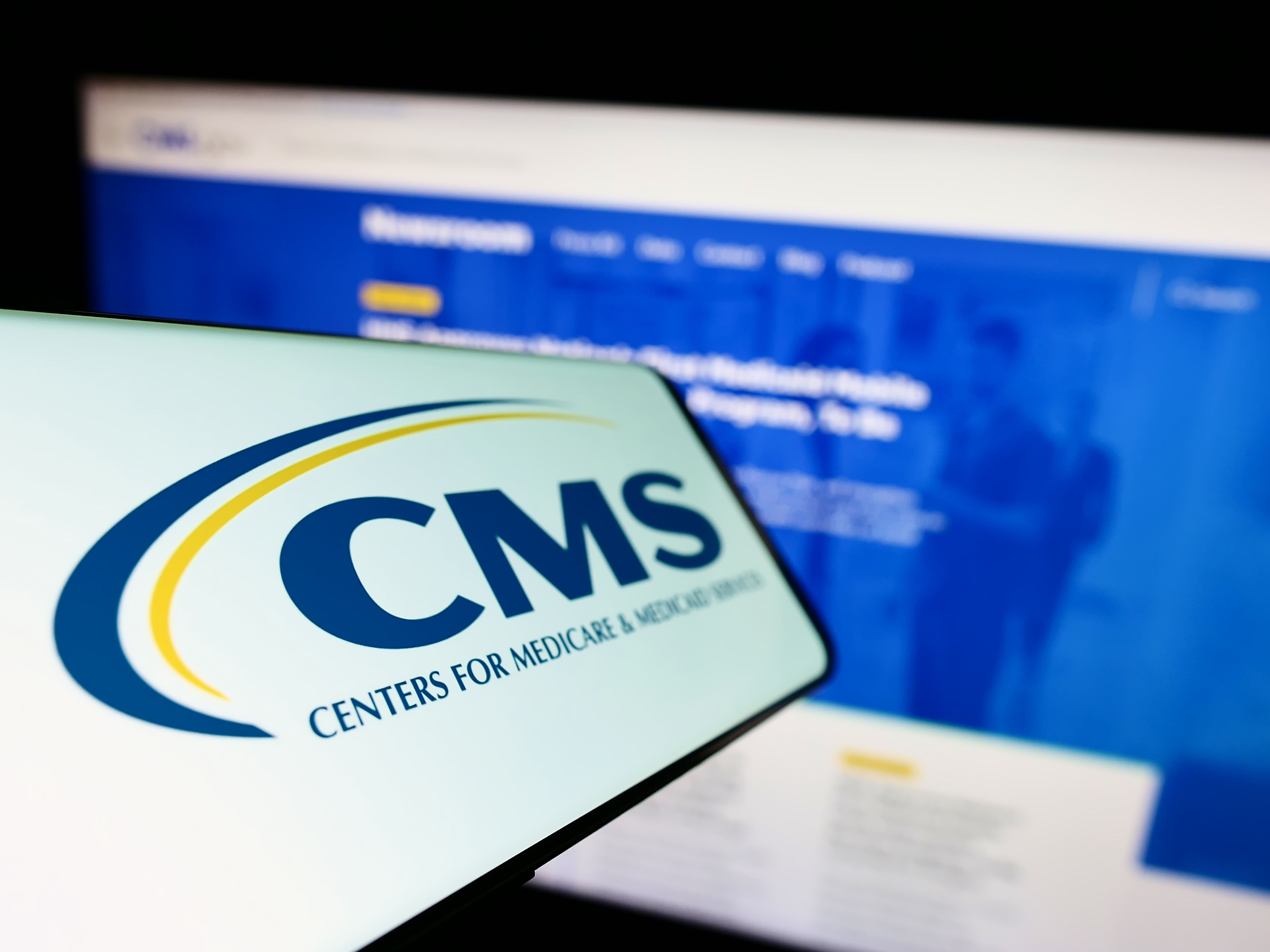Article
Hospitals feel the malpractice pain
Hospitals are facing their own malpractice insurance squeeze. How will it affect you?
Hospitals feel the malpractice pain
Hospitals are facing their own malpractice insurance squeeze. How will it affect you?
By Berkeley Rice
Senior Editor
The same liability crisis that has driven doctors' premiums sharply higher has hit the hospital industry, too. A national survey of more than 1,000 community hospitals conducted by the American Hospital Association reveals that many are now paying at least double what they paid for liability coverage two years ago, and the rates are still going up.
"Hospitals in all the states we write in have more problems with availability and affordability than physicians do," says Julie Stafford, vice-president for underwriting at Minneapolis-based Midwest Medical Insurance Co., which insures more than 200 hospitals.
According to Medical Liability Monitor, a newsletter that covers the malpractice insurance industry, hospitals' liability rates are rising for the same reason as doctors' rates: sharp increases in the size of verdicts and settlements. Industry sources cited by MLM say the size of awards against hospitals has increased by 20 to 25 percent in some parts of the country, especially in large cities. "Verdicts against hospitals are going through the roofparticularly in New York, Pennsylvania, and the District of Columbia," says Curtis Rooney, a counsel to the AHA.
Jury Verdict Research, a Horsham, PA, company that tracks malpractice awards and settlements, lists at least seven verdicts of more than $30 million against hospitals since 2000, including four over $50 million. In New York, the state's highest court recently upheld a decision increasing a $40 million award against NewYork-Presbyterian Hospital to $140 million, based on a confusing state law meant to adjust damage awards for inflation. Since that ruling, malpractice insurers are telling the state's hospitals that their premiums could soon double, and that some may not be able to get coverage at all.
Hospitals are hit from all sides
This liability crisis comes at a time when hospitals are already struggling with other financial pressures: shrinking reimbursements from private and government health plans, increased wages, higher drug costs, increased demand for the ED from uninsured patients, a shortage of nurses, and the loss of some specialists.
"Because doctors are facing higher malpractice premiums, or having trouble finding coverage," says Rooney, "many of them have stopped doing obstetrics, or won't work in the ED, or won't take call. In fact, some carriers have warned that they won't cover them if they do. As a result, many hospitals are facing a real shortage of physicians, which could reduce patient access to care."
According to Rick Pollack, AHA's executive vice president, "Hospitals in some communities have been forced to curtail or discontinue servicesclosing obstetrics departments, or shutting the emergency room for a few hours a day, diverting patients to other hospitals. This can leave patients and families hours away from the care they need."
The AHA survey, conducted last March, compared results from states that have enacted tort reformssuch as caps on noneconomic damageswith those identified by the AMA as malpractice "crisis states." The 18 crisis states compared in the survey are Arkansas, Connecticut, Florida, Georgia, Illinois, Kentucky, Mississippi, Missouri, Nevada, New Jersey, New York, North Carolina, Ohio, Oregon, Pennsylvania, Texas, Washington, and West Virginia. (The AMA recently added Wyoming, bringing the crisis list to 19.)
Over the past two years, the survey showed, premiums in those "crisis" states have increased at more than twice the rate of those in "reform" states such as California, Colorado, Indiana, and Wisconsin. Coverage now costs an average of $11,435 per staffed bed in crisis states, vs $4,228 per staffed bed in reform states. "These resources could be better spent on improving the quality of patient care," Pollack observes.
More than half the hospitals in crisis states also reported difficulty recruiting physicians, and 45 percent said they had lost emergency doctors or been forced to reduce coverage in their EDs.
Will liability shift to doctors?
To hold down liability costs, about a third of all hospitals have increased their deductibles, and/or changed carriers, says Rooney. And because of their difficulty in finding affordable coverage, about 40 percent are now self-insured.
Some doctors fear that hospitals will try to ease their own problems by shifting liability to doctors. But AHA's Rooney says just the opposite is happening. "Because physicians are having trouble finding malpractice insurance," he explains, "some hospitals are allowing them to work without liability coverage if it's allowed under state law. That means greater exposure for the hospital if there's a lawsuit. For hospitals that are self-insured, getting hit with a really huge award could mean bankruptcy."
To prevent such a dire scenario, the AHA plans to lobby Congress for the same kinds of tort reforms that organized medicine has been seeking for doctors. As Pollack puts it, "We need to fix the system and ensure that commonsense reforms happen, to protect our communities and our patients."
Berkeley Rice. Hospitals feel the malpractice pain. Medical Economics Oct. 10, 2003;80:37.





